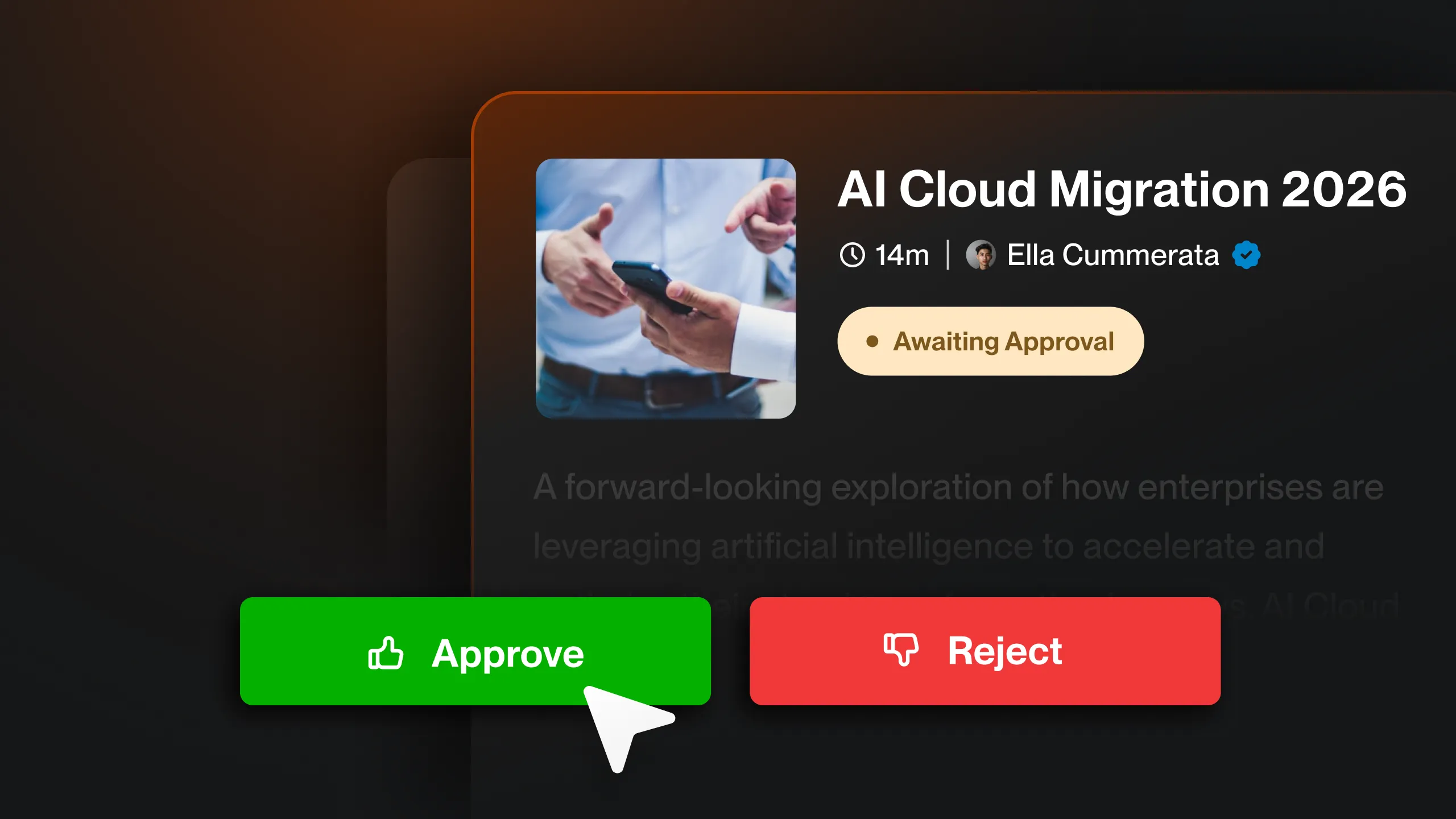Metrics & ROI
Unstructured Transformation Data: The Missing Lens
Aug 14, 2025
Most transformation leaders are tracking the wrong data.
You’ve got your KPIs. Your change stage milestones. Your pulse surveys.
But the real story of whether transformation is working—whether people understand it, believe in it, or are quietly resisting—doesn’t show up in those metrics. Not in time, anyway.
That story lives in the noise:
The side comments in meetings. The tone of MS Teams threads. The buried Q&A in townhalls. The manager offhandedly saying, “Yeah, I don’t think my team’s really across this yet.”
That’s unstructured data in transformation. And it’s where the truth lives.
Dashboards Don’t Show the Real Risk
Transformation dashboards are clean and structured. They make things look under control.
But what they don’t show is where things are already slipping beneath the surface:
Teams that still don’t understand what’s changing
Individuals quietly defaulting to old processes
Regions missing key messages due to cultural context or language gaps
Teams asking the same questions again and again and not getting answers
Your dashboard might tell you that 80% of users completed the training. But it won’t show you whether the behavior actually changed. It won’t tell you which teams are still unsure, who quietly disagrees, or where passive resistance is already taking hold. And it definitely won’t surface confusion or misalignment until it’s too late to do something about it.
And that’s exactly what ends up derailing transformation.
Most Organizations Miss the Warning Signs
Think about how your team currently detects resistance, misunderstanding, or slow adoption. It’s usually one of three things:
A leader flags something in a steering committee meeting
An HR survey hints at disengagement—months after the fact
A rollout milestone is missed and the project team scrambles to backfill support
By then, you’re in reaction mode.
Most of the damage happens before those signals hit your radar. And it’s not because people aren’t talking. It’s because their feedback lives in places you’re not looking:
Teams, emails, call transcripts, live Q&A chats, manager 1:1 notes, coaching conversations.
The data exists. You’re just not seeing it.
A Quick (But Familiar) Example
A global operations team launched a major process automation shift.
The structured data said it was going well:
94% of employees had completed the training
No issues were flagged in the internal feedback form
The new system was live on time
But six weeks in, ticket volume had spiked. Customers were complaining. Backlogs were growing.
When the transformation office dug deeper, they found:
Field teams were still using the old process because they didn’t understand how the new one applied to edge cases
Regional managers had created their own “translations” of the guidance, causing inconsistency
Comments in Teams showed that teams thought the new workflow was optional
None of this surfaced in structured reporting. But it was all in the unstructured noise that no one thought—or had time—to decipher.
What Makes Unstructured Transformation Data Valuable?
Three things:
1. Context and nuance
Structured data can tell you what happened. Unstructured data often tells you why.
2. Early signals
Sentiment shifts. Repeated friction points. Clarifying questions. These often show up informally—before failure shows up formally.
3. Authenticity
People tend to speak more freely in informal settings. That’s where you get honest feedback, not filtered answers.
Why We Didn’t Use It Before
Traditionally, working with unstructured data in transformation was a nightmare:
Manual reading and tagging
Zero scalability across functions or regions
Weeks or months to pull insights, if at all
Which is why most orgs ignored it, even when they knew it was valuable. But that’s no longer a good excuse.
AI Changes the Game
Natural Language Processing and large language models now make it possible to:
Parse thousands of chat messages, meeting transcripts, and survey responses in seconds
Detect sentiment shifts in real time
Surface repeated friction themes across teams
Flag areas where change isn’t being understood or adopted
Highlight hidden champions who are influencing peers
AI summarizes the noise and translates it into something you can act on, helping transformation teams build a live feedback engine that shows you, at any moment:
Where adoption is stalling
Which messages didn’t land
Who’s getting it and who isn’t
It gives you traction data. Which, frankly, is what most transformation offices have been missing.
What Happens When You Do Use It
When unstructured data is captured and operationalized for transformation initiatives:
You get early warning instead of late-stage surprises
You can course-correct before behaviors calcify
You can target support to the teams that actually need it
You can scale what’s working by seeing bright spots fast
And most importantly: you stop guessing. You stop building your transformation strategy on assumptions, lagging indicators, and gut feel.
You lead based on what’s actually happening—right now.
Unstructured Transformation Data Isn’t the Future. It’s the Present.
If you’re still relying only on structured surveys and completion metrics, you’re looking in the rearview mirror.
Change is dynamic. So is your workforce. So are your risks.
You need live visibility and the real picture.
Unstructured data gives you that lens.
Ready to make unstructured data actionable across your entire transformation lifecycle? Tigerhall gives transformation leaders the visibility they’ve been missing.
Make sense of unstructured signals—live feedback, engagement patterns, and sentiment—to know exactly where change is landing and where it’s stalling.
👉 See how Tigerhall turns the noise into insight you can act on.



